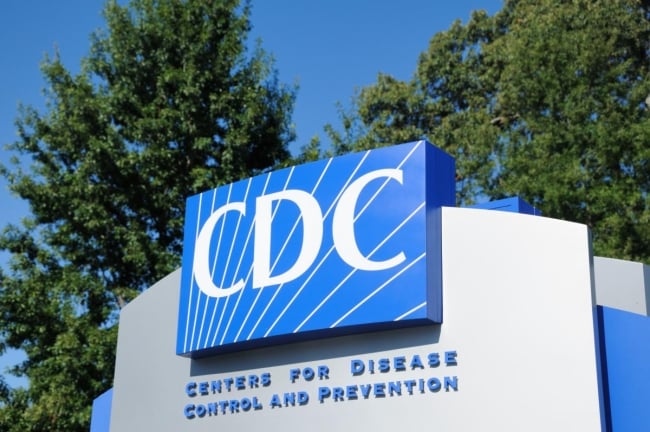You have /5 articles left.
Sign up for a free account or log in.

ISTOCK.COM/sshepard
The Centers for Disease Control and Prevention issued new guidance on Tuesday for colleges as they reopen their campuses.
Colleges will be looking to the CDC as many prepare to welcome back students, 19.9 million of whom were enrolled at U.S. colleges last fall. While the guidance does not address when or whether colleges should resume in-person classes, it describes practices colleges can put in place to reduce coronavirus spread and promote a healthy student body and workforce. It also outlines steps they should take to address suspected COVID-19 cases on their campuses.
The CDC guidance notes that institutions of higher education “vary considerably in geographic location, size, and structure. As such, IHE officials can determine, in collaboration with state and local health officials, whether and how to implement these considerations while adjusting to meet the unique needs and circumstances of the IHE and local community. Implementation should be guided by what is feasible, practical, acceptable, and tailored to the needs of each community.”
Areas covered by the CDC guidance include:
- Strategies for colleges to promote behaviors that reduce spread of the virus, including encouraging self-isolation of students, faculty or staff who are sick or have had exposure to the virus, promoting good hand hygiene and "respiratory etiquette," and recommending the wearing of cloth face coverings. “Face coverings should be worn as feasible and are most essential in times when physical distancing is difficult,” the CDC guidance states.
- Steps colleges can take to maintain healthier campus environments by promoting social distancing; ensuring proper operation of ventilation and water systems; increasing cleaning and disinfection practices; closing communal spaces such as dining halls, game rooms, exercise rooms or lounges or otherwise staggering usage of such spaces; and changing food services protocols.
- Suggestions for protecting the physical and mental health of employees and students. The guidance recommends encouraging telework “for as many faculty and staff as possible” and giving employees and students at higher risk of severe illness due to age or underlying medical conditions the ability to telework or take on modified job responsibilities, in the case of employees, or participate in virtual instruction, in the case of students.
- Actions colleges should take to prepare for COVID-19 cases, including advising sick faculty, students and staff of home isolation criteria; developing protocols for isolating and transporting sick students, faculty and staff; and notifying health officials and close contacts of people who have been diagnosed with COVID-19.
Among specific suggestions, the guidance recommends modifying classroom layouts by, for example, spacing seating and desks at least six feet apart “when feasible” and hosting smaller classes in larger rooms. It recommends using signage or physical guides, such as tape on floors or sidewalks, to encourage individuals to remain at least six feet apart, and recommends the installation of barriers, such as sneeze guards and partitions, in places where it is difficult for individuals to maintain physical distance (such as cash registers).
The CDC recommends adding physical barriers, such as plastic flexible screens, between beds and bathroom sinks “especially when they cannot be at least 6 feet apart.”
In regard to campus dining, the agency recommends providing grab-and-go meal options, avoiding buffet or self-serve stations, and using disposable plates and utensils.
Other specific suggestions include limiting sizes of gatherings, restricting "nonessential visitors" and activities involving external groups "as possible," particularly when visiting individuals and groups come from outside the local geographic area, and implementing communications plans and flexible sick leave policies.
The American College Health Association (ACHA) also recently issued recommended guidelines for colleges to consider in reopening.
"CDC’s guidance and ACHA’s guidelines are aligned," ACHA said in a statement. "Both provide considerations to decrease the risk of transmission of COVID-19 and do not advise IHEs when to reopen. Those decisions are left to the IHE in collaboration with local, state, and territorial officials. CDC guidance gives the IHE low, moderate, and high risk settings for both the general campus and the residence halls. Their recommendations are broad-based and filled with sound public health guidance. CDC has been a valued partner and credible source of information for ACHA members."








